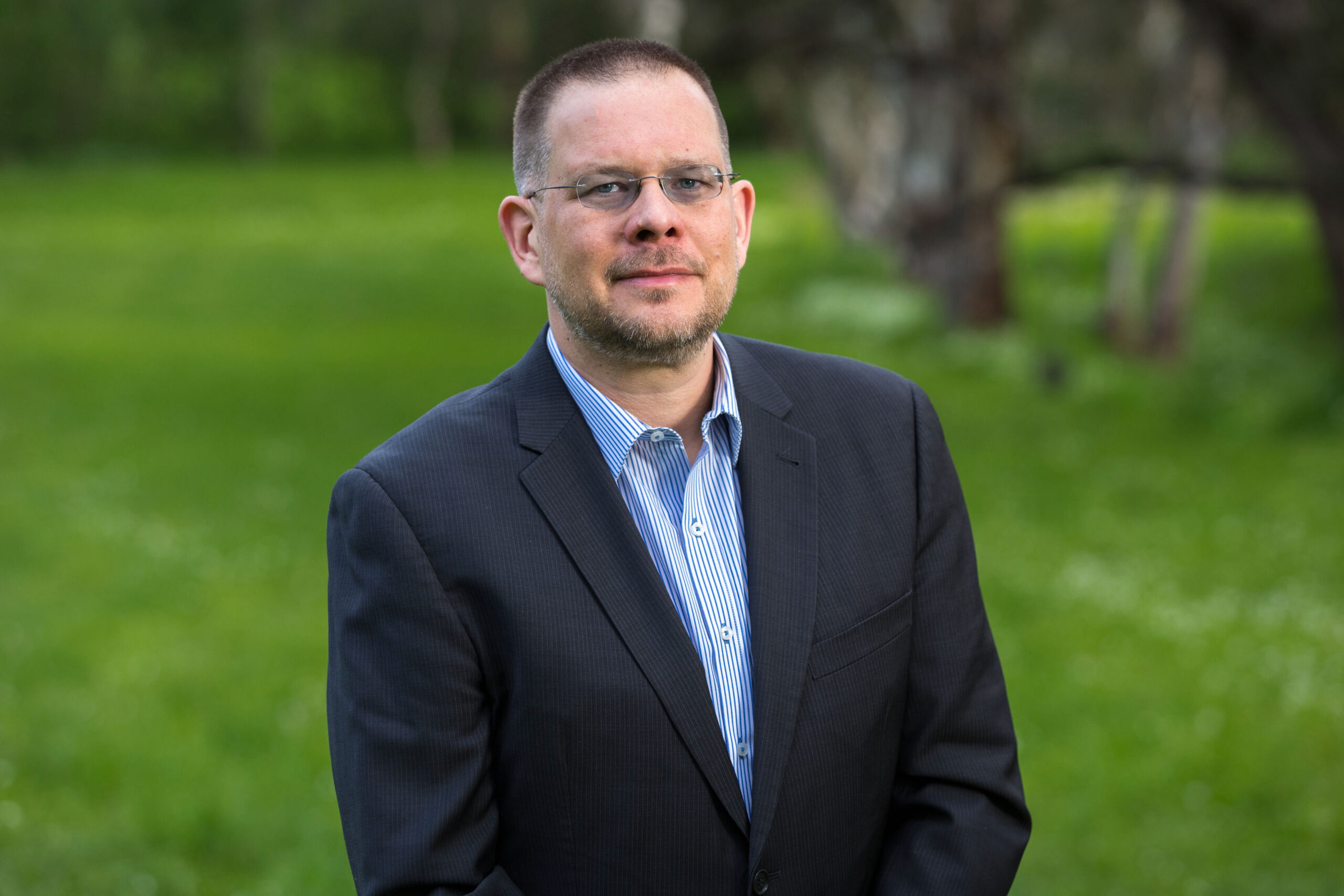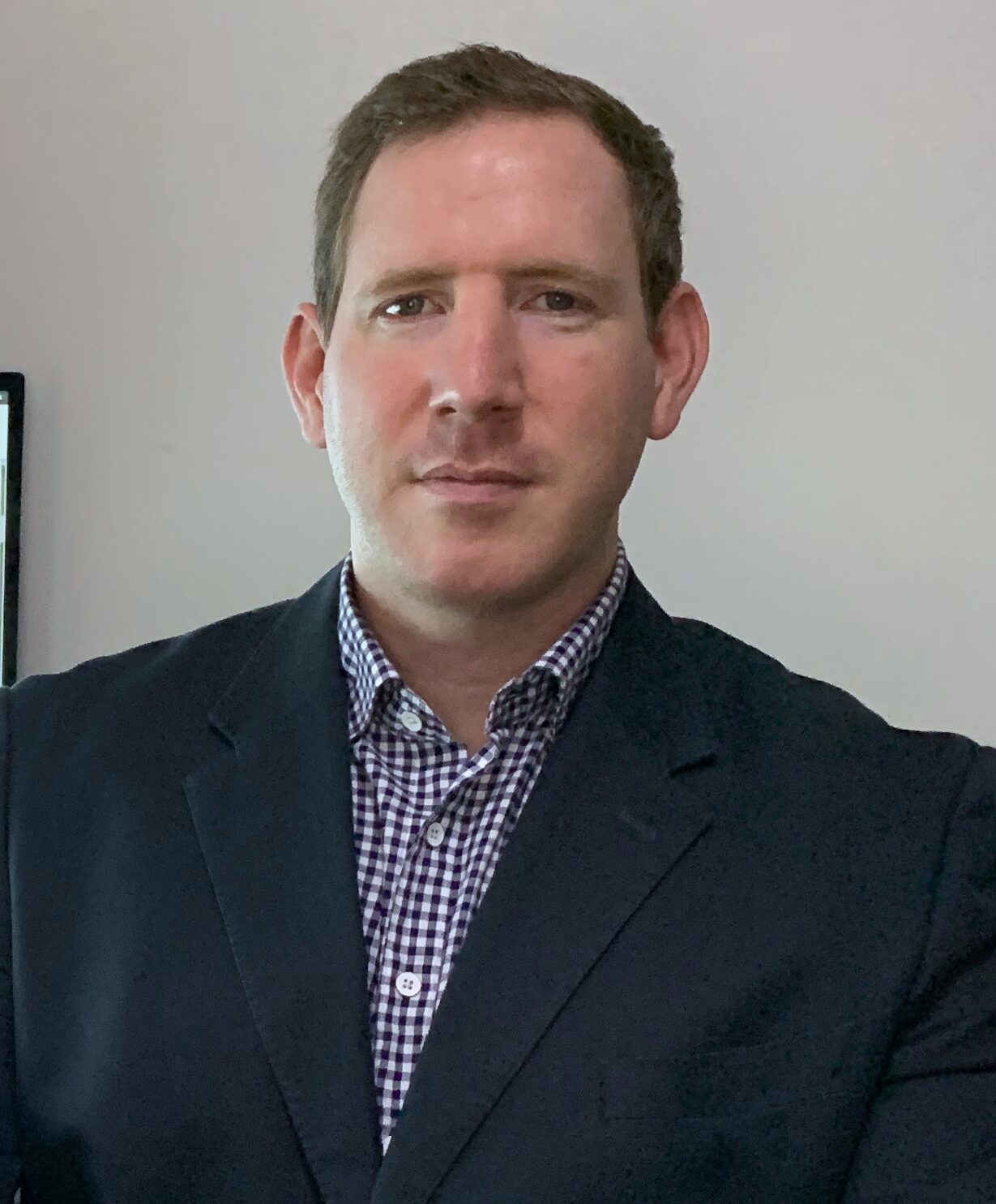The big issues in HVAC commissioning

AIRAH’s Commissioning Special Technical Group (STG) discusses two common issues in HVAC commissioning: communication struggles and a lack of formal documentation.
The following article comes from a discussion between four members of AIRAH’s Commissioning STG: Scott Whitmore, Dr Michael Riese, Dan Dainard, and Daniel O’Malley.
From a shortlist of questions, the participants highlighted two to focus on. They then took turns answering those questions, providing their own unique perspectives while reaching some common conclusions.
Here is how the discussion unfolded.
Question 1: If you had 15 minutes with the design team at the beginning of a project, what would you say to them?
Dr Michael Riese, M.AIRAH
If I had 15 minutes with the design team, I would start by asking them three questions.
- Have you got any experience with building commissioning?
- If you have had any, what does a successful building commissioning approach look like for you?
- What’s the worst thing you’ve encountered during a building commissioning exercise, either during or directly afterwards? And what did you change to fix it?
Then there’s another question, which is probably more relevant to refrigeration than in building services: What is the capital expenditure (CapEx) of the project?
It’s important not to detach this from the operational expenditure (OpEx), because we see a lot of design decisions that then flow through into commissioning and everything that comes thereafter. These decisions are often based on the fact the project manager only has X amount of money, and they don’t actually care what happens on the OpEx side afterwards.


When this separation of CapEx and OpEx prevails, the building gets handed over and everything seems to have gone successfully, but it’s not correctly tuned – it’s chewing up tons of energy. So now they’re having issues across the board, but the project is considered to be a success because the CapEx has remained within budget.
That’s why I think it’s important not to decouple these at the beginning and give as much focus to OpEx as you do to CapEx, so that you can make a clear case for the importance of commissioning. Of course, explaining that to a design consultant is never as easy as it seems.
Scott Whitmore, M.AIRAH
This is what I do day-to-day. It’s never just a 15-minute conversation for me, but this communication is an integral part of the commissioning process. It’s about making the design team aware of how we design things from an HVAC and building services perspective. We’re not only talking about commissioning, but also factors like maintenance and access, which often get overlooked.
“I think a lot of design teams love to just put a schematic on a page without thinking about how we’re going to tune it, how we’re going to commission it, and what sort of access we have for maintenance.”
Scott Whitmore, M.AIRAH
A design consultant who has never really built anything and been through the commissioning process won’t think about those kinds of issues.
More to the point, it’s rare that design consultants actually understand how a commissioning technician goes out and commissions a piece of kit. So it’s important to try to communicate as much of that information as possible early on in the project.
When this approach is implemented, it works really well. We had one project where our brief actually required a whole of life assessment on all services during the design development phase. This meant we sat down with the design team and worked out that balance between CapEx and OpEx.
They did a whole of life assessment for plant equipment over whatever the warranty period is – 15 or 20 years – and they worked out what the cost of running that plant is. It wasn’t just the initial outlay costs and the dollar amounts, but also the energy and carbon impact of running it.
This approach includes maintenance requirements and replacement costs – it’s a full whole of life assessment for every bit of plant. I think for major projects – not necessarily a small project – this a really critical exercise to do with the design team.


Daniel O’Malley, M.AIRAH
In that initial 15-minute meeting, I’d ask the design team one additional question: If the timeframes compress and you have a fixed end date by which the project has to be completed, how will you respect the time given to the commissioning period at the end of the project?
In my experience, as everything pushes through and the project deadlines get tighter, it’s always the commissioning period that gets crunched. So I’d ask what their solution to that is – are they willing to shift the handover date to make sure that the project gets commissioned properly?
I’m heavily involved in the Testing and Commissioning Association (TACA), and from our perspective, we’d like to be represented in some of the industry specifications that would help during the project development stage. This would mean that when a project is specified on the building services side of things, TACA’s guidelines would be a common point of reference for everyone else involved.
We don’t mean this to be exclusive – other organisations remain to provide accreditation, which is critically important. However, we want TACA to lead in the space as an Australia-based organisation that can cater to our industry’s specific needs. Our role is to provide the benefits of local training, certification, and continual professional development through face-to-face seminars in Australia, ensuring our standards remain relevant to address local opportunities and challenges.
Dan Dainard, M.AIRAH
If I had 15 minutes with the design team at the start of a project, I’d focus the conversation on delivery requirements.
Design engineers rightly prioritise what systems need to do and how they should be specified. That’s their role, and it’s critical. But what sometimes receives less attention is how those systems and supporting processes will actually be delivered through construction, commissioning, and training.
It’s not so much that this side is being ignored, but that the components, roles, and responsibilities for delivery often sit just outside the spotlight. With a bit more focus, we can reduce the risk of misalignment, delays, or missed opportunities for input from the right people at the right time.
One simple and effective step is to develop a key documentation delivery summary. This doesn’t have to be complex, just a clear list of which documents need to be developed, when they should be issued, and who they’re for. It helps the whole team understand what’s coming and when, and it creates visibility that supports coordination and timely review.
An example of how things often go wrong includes BMS contractors being engaged after mechanical shop drawings have already been approved, leaving them with no opportunity to influence layout or installation conditions. Many of their components require specific duct lengths or mounting locations to function as intended. Without early involvement or clear documentation, they’re left to work around existing constraints, often compromising system performance in ways that could have been avoided with earlier planning.


If BMS contractors were required to develop their documentation in parallel with the shop drawing process, they would need to be engaged earlier, ensuring their input is captured, and that the final detailed requirements of the BMS are properly integrated into the coordinated design. This simple shift helps avoid downstream issues and supports a more robust commissioning outcome.
From a commissioning perspective, this matters a lot.
“When documentation isn’t available or hasn’t been properly developed, it creates delays, undermines reviews, and makes it harder to verify whether systems have been delivered as intended.”
Dan Dainard, M.AIRAH
It’s not always within the commissioning agent’s scope to manage these processes, but we feel the impact when construction quality assurance practices don’t cover them well.
My suggestion isn’t about shifting scope – it’s about encouraging early clarity. This means asking questions like:
- What needs to be developed?
- When does it need to be ready?
- Who is responsible?
These aren’t just commissioning questions – they’re project alignment questions. If we ask them early, we’re in a much stronger position to deliver systems that work as intended and avoid headaches at handover.
Question 2: What are the benefits of having roles formally defined and spelled out in contracts?
Dr Michael Riese, M.AIRAH
Having a top-level contract and being explicit in defining roles and responsibilities would help avoid a lot of problems.
“Using something like a collaborative contracting framework can be a great way to identify the different stages of a project, highlight who is involved, and explicitly define their responsibilities. .”
Dr Michael Riese, M.AIRAH
A lot of the time, people think it’s us commissioning guys who are responsible for all the details, but that’s not always the case. The building owner and the mechanical services engineers should also be included in these contracts so that it’s clear that they need to be involved in the process.
It’s not about allocating blame if things go wrong; it’s more about being explicit in assigning roles and responsibilities, and not just assuming that everyone knows what they’re supposed to do. Clarifying this in a formal way will really help us get the most out of the commissioning process.
Scott Whitmore, M.AIRAH
I think having roles and responsibilities clearly spelled out in contracts is critical. Having this formally established at the beginning of a project adds accountability around the intended outcome you’re trying to achieve and how to go about achieving it.
It’s not necessarily about meeting KPIs; I think this is more important for identifying who takes ownership of each phase of a commissioning program and who needs to deliver documentation to whom.
Dr Michael Riese pointed out that, in many cases, buildings aren’t getting tuned because this process was never in the contract and nobody allowed for it. That is a ridiculous state of affairs when you think about how much time and money we’re investing into these projects, and how important the commissioning and tuning process is.
Now, if there were a defined role and responsibility in the contract that outlined tuning as a requirement and specified which party would undertake this, then we would never find ourselves in this crazy situation.
When we talk about commissioning programs and clarifying roles and responsibilities in contracts, we also need to think about the sequencing. This means making sure that prerequisites are commissioned first, which then allows you to establish your other commissioning requirements in order. That’s sometimes missed when everyone is focusing on how long things take and whether we have the budget to do commissioning properly.
In our Commissioning STG meetings, we’ve had discussions around creating a matrix that outlines exactly who is responsible for what parts of the project, what each party’s deliverables are, and the sequencing of these deliverables. The next step would be incorporating a matrix like that into all our contracts.
Daniel O’Malley, M.AIRAH
When roles are clearly defined at the beginning of a project and everyone is accountable for their responsibilities, it brings about better communication, planning, and issue resolution throughout the project. A well-structured team with a clear understanding of each member’s obligations makes it far easier to plan, anticipate challenges, and respond effectively.
As we all know, commissioning is one of the most, if not the most, critical phases of any major project. Yet it’s often delayed or overlooked until it’s too late. I fully support Scott Whitmore’s view that we must do more to clarify and educate all parties on the importance of commissioning sequencing.
“Without proper planning, we end up in another last-minute rush to carry out detailed field testing, measurement, automation checks, and performance validation, all in an unrealistic timeframe.”
Daniel O’Malley, M.AIRAH
This compromises the accuracy, repeatability, and reporting of test results, with little consideration for end-user requirements or the time needed to properly compile and review data.
As a result, the final system performance is often compromised, or at the very least delayed. Rather than fine-tuning the building for optimal efficiency, the team is still scrambling to meet basic design intent while working around occupants, leading to lagging performance and diminished comfort or amenity for users.


As Dr Michael Riese rightly points out, it is essential to involve both the design team and end users in the commissioning and tuning process. These systems are ultimately in place to ensure comfort and safety (especially in high-occupancy buildings), so user input and understanding are crucial. Their involvement helps ensure the tuning process is focused, efficient, and tailored to their needs.
Dan Dainard, M.AIRAH
Having clarity in contracts isn’t just about assigning and coordinating the roles and responsibilities for a project; at a more basic level, it really just helps people understand the stuff that needs to be done.
This doesn’t necessarily mean putting huge additional burden and responsibility on the commissioning professionals themselves. In fact, one thing I work with a lot of my clients on is moving away from a policing structure, and instead into a supporting structure.
With this approach, I give them the KPIs and the list of things that need to be delivered, then tell them to go ahead and deliver them. When they need help, they come to me and I’m happy to provide guidance and support. This approach works really well, because it means you’re no longer the pain in the arse guy who is creating problems; you’re the supporting person who’s helping solve them and deliver the project as intended.
This leads us neatly to the idea of training and accreditation for commissioning professionals. If you try to drive training upfront without making a good case for it, no one is going to listen. But if you start exposing what needs to happen and where we’re struggling, people are more likely to understand the need for formalised training. Once people realise that doing this well will save them time and money, they’ll also realise that education is one of the keys to avoiding these problems in the future.
AIRAH’s Commissioning STG
AIRAH’s Commissioning STG is a working group that focuses on addressing gaps in the HVAC&R commissioning process and improving outcomes in the built environment. If you’re interested in joining the STG, click here.

This article appears in Ecolibrium’s Spring 2025 edition
View the archive of previous editions
Latest edition
See everything from the latest edition of Ecolibrium, AIRAH’s official journal.





